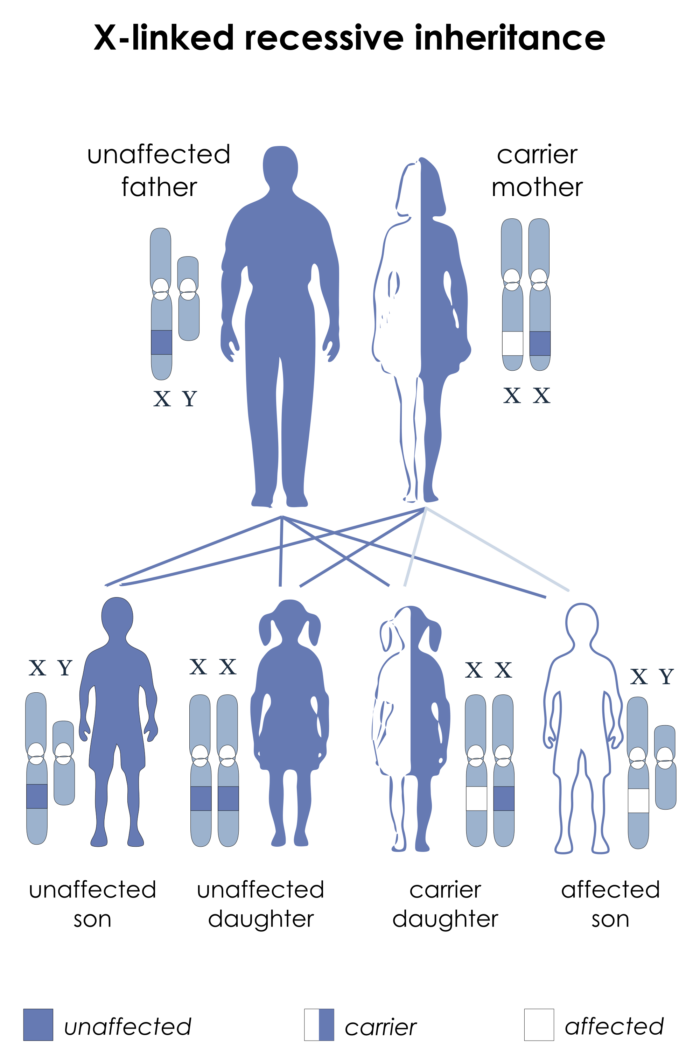A team of researchers from the University of Sussex has reportedly discovered the genetic defect that causes the X-linked intellectual disability (XLID). XLID is a form of intellectual disability related to X-linked recessive inheritance.
To date, syndromic XLID affects around three percent of the world’s population, the majority of which are males. The underlying genetic mutations are carried and passed on by unaffected females through their X chromosome. Note that females have two X chromosomes (XX) while males only have one (XY).

Female carriers of XLID have a 50 percent chance of passing on the affected genes to their male children. The mutated genes commonly cause behavioral issues, stunted growth, and reduced sizes of the brain in males.
In their paper published in the American Journal of Human Genetics, the British scientists claimed that they were able to identify the genetic defect which causes XLID. The discovery could potentially help medical experts around the world to diagnose cases of XLID more accurately.
X-Linked Intellectual Disability
For their study, the researchers reportedly obtained samples of blood cells from five unrelated families located in England, Scotland, Estonia, America, and Australia that are affected by a similar form of syndromic XLID of unknown cause.
In a statement, Professor Mark O’Driscoll of the University of Sussex’s Genome Damage and Stability Centre explained:
“By using a variety of sophisticated and state-of-the-art DNA sequencing technologies, together we’ve been able to identify multiple distinct mutations in a single gene that causes the syndrome in each of these families.
This is a completely new gene target which can now be incorporated into existing screening programmes worldwide to aid future diagnoses and accurate genetic counseling along with patient management.”
The researchers developed a technique called DNA Fibre Combing to analyze the blood cells of the patients. The method allowed the team to isolate the individual DNA strands of the blood cells and monitor the different aspects of the DNA replication process at a minute level, revealing the highly problematic replication parameters of the DNA molecules.
Professor O’Driscoll added:
“Our work not only provides this family with clarity, but it also means that other researchers and clinicians around the world can review their cases of genetically undiagnosed XLID and check for the existence of this specific gene defect.”








Comments (0)
Least Recent